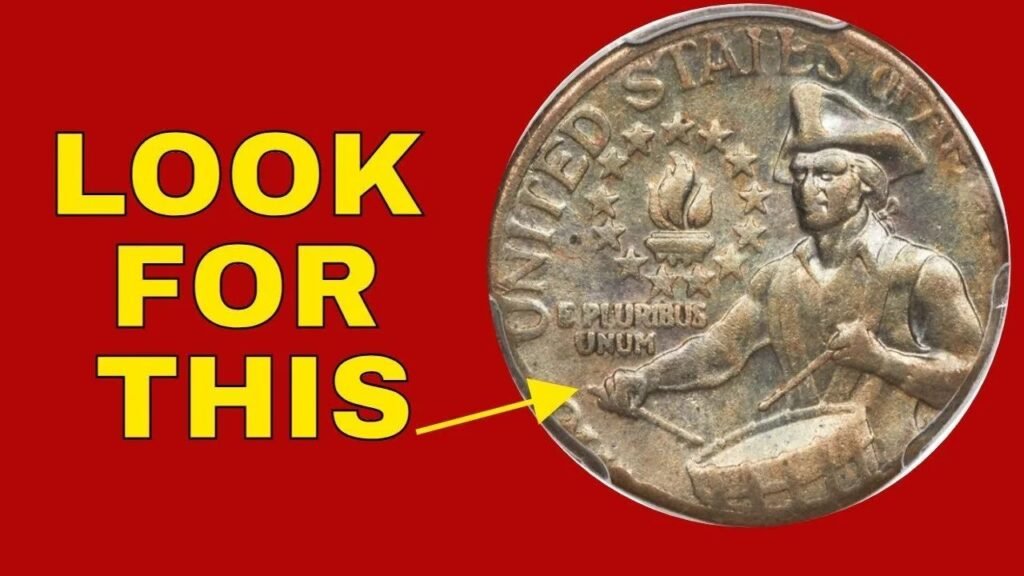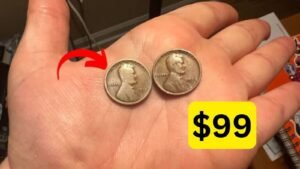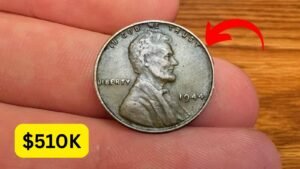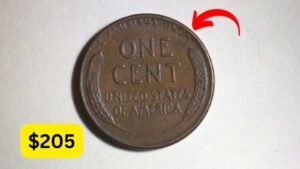A Coin That Sparks Dreams
Imagine pulling a quarter from your pocket and discovering it’s worth $2.5 billion. Sounds like a fairy tale, right? Yet, the legend of the rare 1976 Bicentennial Quarter has captivated coin collectors and casual enthusiasts alike. Rumored to be hiding in plain sight—maybe in your change jar or a cash register—this coin has fueled countless treasure hunts. But is there any truth to this jaw-dropping valuation, or is it just numismatic folklore? Let’s dive into the story, separate fact from fiction, and explore whether you might stumble across this elusive treasure.

What Is the Bicentennial Quarter?
In 1975 and 1976, the U.S. Mint released the Bicentennial Quarter to celebrate America’s 200th birthday. Unlike standard quarters with an eagle on the reverse, these coins feature a colonial drummer boy designed by Jack L. Ahr, paired with a dual date of “1776–1976.” Over 1.6 billion were minted across Philadelphia, Denver, and San Francisco, making them anything but rare. Most are worth just 25 cents, but certain versions—like those with minting errors or silver compositions—can fetch impressive sums. So, where does the $2.5 billion claim come from?
The Allure of Rare Coins
Coin collecting, or numismatics, thrives on stories of hidden treasures. Take the 1943 Lincoln Wheat Penny, accidentally struck in bronze instead of steel, which sold for $1.7 million at auction. These rarities prove that mistakes can turn pocket change into a fortune. The Bicentennial Quarter’s $2.5 billion legend likely stems from a similar tale: a supposed one-of-a-kind error coin, perhaps struck on an experimental metal or with a dramatic minting flaw, that was never meant to leave the mint.
The $2.5 Billion Myth: Fact or Fiction?
Let’s be clear: no Bicentennial Quarter has ever sold for $2.5 billion. The most valuable U.S. coins, like the 1933 Double Eagle ($7.6 million) or the 1794 Flowing Hair Dollar ($10 million), don’t come close to that figure. According to numismatic experts, the $2.5 billion valuation is likely an internet-fueled exaggeration, possibly tied to a unique error coin or a speculative story about a gold-plated prototype. Websites like SR News have reported on this coin, but no auction house or grading service, such as PCGS or NGC, has verified such a sale.
Why the Hype Persists
The idea that a quarter worth billions could be hiding in your change is irresistible. It’s like winning the lottery without buying a ticket. Social media and online forums amplify these tales, blending fact with fiction. For example, a 1976-S Silver Proof Bicentennial Quarter sold for $19,200 in 2019, and a double-die error coin fetched $8,400 in 2023. These real sales, though impressive, are a far cry from billions but keep the dream alive.
What Makes a Bicentennial Quarter Valuable?
While a $2.5 billion coin is a myth, some Bicentennial Quarters are genuinely valuable. Here’s what to look for:
Minting Errors
Errors like double-die strikes (where text like “LIBERTY” appears doubled) or off-center designs can boost a coin’s value to hundreds or thousands of dollars. For instance, a 1976-D Clad Double Die Obverse quarter sold for $8,400.
Silver Composition
Most quarters are copper-nickel clad, weighing 5.67 grams. However, San Francisco minted 40% silver versions for collector sets, weighing 5.75 grams. These can fetch $10–$50, with pristine examples reaching higher.
Pristine Condition
Coins graded MS-67 or higher by PCGS or NGC, meaning near-perfect condition, are highly sought after. A 1976-S Silver Proof in PR-70 sold for $13,500.
How to Spot a Valuable Quarter
Think you’ve got a winner? Here’s how to check:
- Look for the “S” Mint Mark: Coins from San Francisco, especially silver ones, are rarer.
- Inspect for Errors: Use a magnifying glass to spot doubled letters or misaligned designs.
- Weigh It: Silver quarters are slightly heavier (5.75g vs. 5.67g).
- Check Condition: Uncirculated coins with sharp details are more valuable.
- Consult an Expert: Professional grading services can authenticate and appraise your coin.
Real-life example: In 2020, a collector found a double-die Bicentennial Quarter in their change, later valued at $9,200 after grading. Stories like this keep collectors checking every quarter.
Could the $2.5 Billion Coin Exist?
In theory, a one-of-a-kind error—like a quarter struck on a gold planchet—could command a massive price, but $2.5 billion is far beyond any recorded sale. Numismatist John Dannreuther notes that even the rarest coins rarely exceed $10 million due to market limits. Still, the possibility of an undiscovered gem keeps the legend alive. If it exists, it could be in your pocket, a vending machine, or a forgotten coin jar.
Tips for Aspiring Treasure Hunters
Ready to start your hunt? Here’s how:
- Check Your Change: Look at every 1976 quarter you get.
- Handle with Care: Don’t clean coins; it reduces value.
- Get It Graded: Services like PCGS or NGC can confirm rarity.
- Sell Smart: Auction houses like Heritage Auctions are best for valuable coins.
The Thrill of the Chase
The $2.5 billion Bicentennial Quarter may be a myth, but the excitement it generates is real. Coin collecting is about more than money—it’s about history, mystery, and the thrill of discovery. Whether you find a $19,200 silver proof or just a well-worn piece of Americana, every Bicentennial Quarter tells a story. So, next time you get change, take a second look. You might not find a billion-dollar coin, but you could uncover a small piece of history worth far more than 25 cents.





